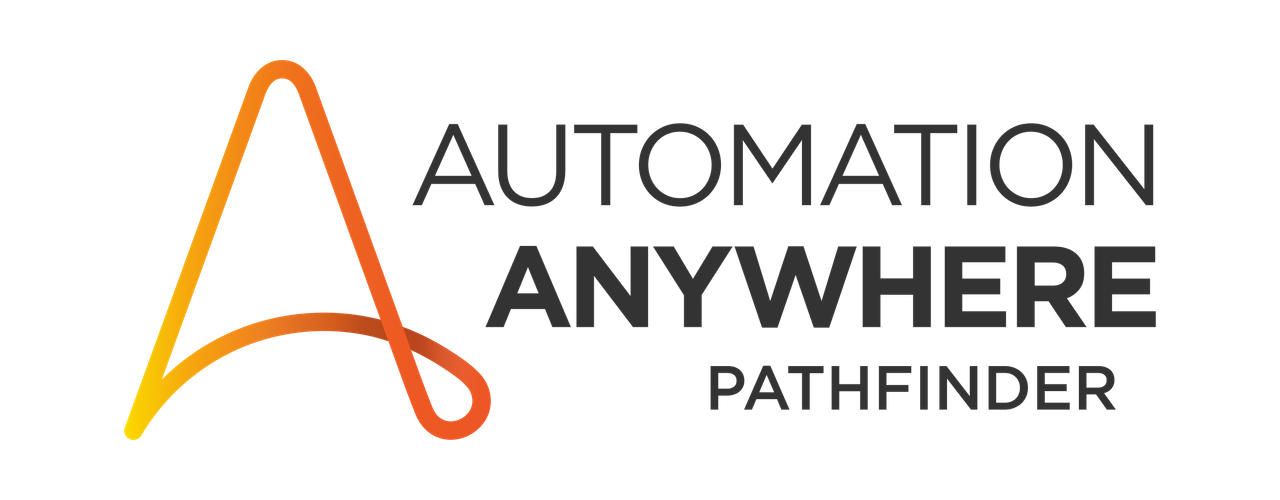If I were to use the process composer to connect multiple task bots, is it possible for another bot with a higher priority to interrupt the queue and trigger in-between the task bots in my process composer flow?
Enter your E-mail address. We'll send you an e-mail with instructions to reset your password.




